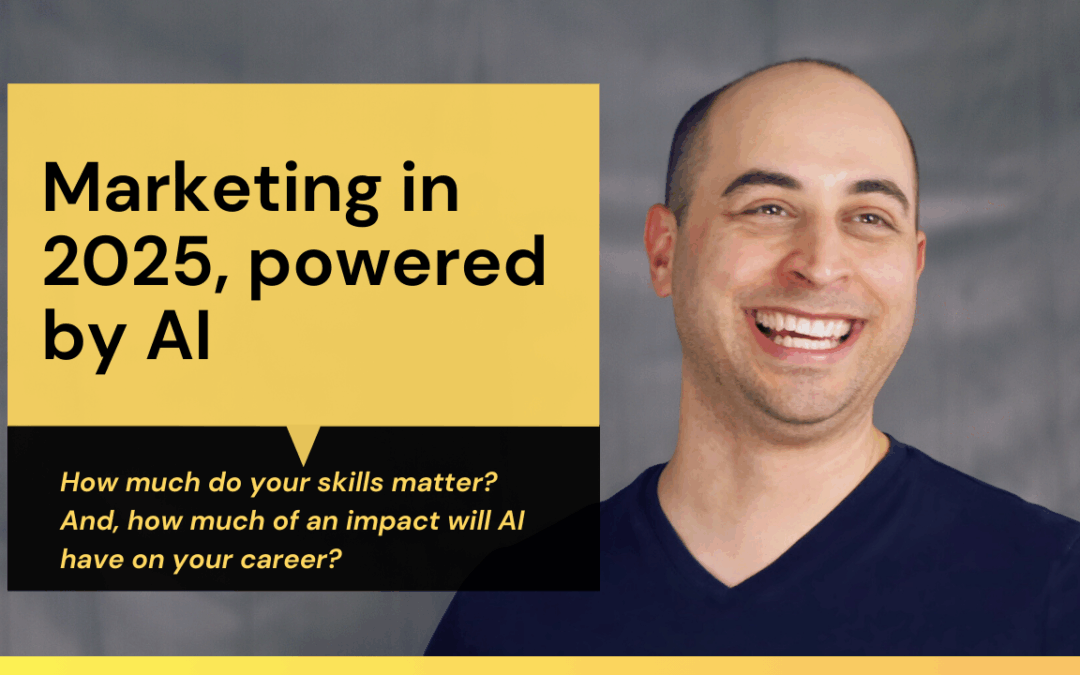Why copywriters, designers, and photographers still have a bright future — if they adapt.
Artificial intelligence has become a core part of modern marketing. Tools like ChatGPT, Midjourney, and automated design platforms are transforming how brands create content, produce visuals, and connect with audiences.
For copywriters, graphic designers, and photographers, this shift can feel unsettling. You might be wondering:
“Will AI take my job?”
The truth? AI will replace some tasks — but not you. The future belongs to creative professionals who know how to combine human insight with AI’s speed and scale.
AI Is a Tool, Not a Replacement
As a marketing agency owner who has fully embraced AI tools, I can tell you: they’re incredible for productivity. They help with research, idea generation, content structuring, and even drafting first versions of creative assets.
But here’s the key — even the best AI we’ve tested only makes up about 40% of our process. The rest still relies on human creativity, judgment, and style.
AI can give you a head start, but it can’t replicate deep brand understanding, cultural nuance, or the emotional resonance that comes from lived experience.
Why Skilled Professionals Still Matter
AI struggles in several areas that creative specialists excel in:
- Brand Voice & Consistency – While AI can mimic tones, it still needs human guidance to maintain the subtleties of a brand’s unique style.
- Cultural Context – Local slang, generational references, and shared community experiences often live outside AI’s datasets.
- Creative Judgment – Knowing when to break a rule, when to surprise the audience, and when to play it safe is still a human superpower.
- Emotional Connection – Great marketing makes people feel. AI can suggest words, but humans understand how to evoke emotion authentically.
How to Future-Proof Your Creative Career
The most successful creative professionals won’t compete against AI — they’ll collaborate with it. Here’s how to stay ahead:
1. Double Down on Your Style
Your unique perspective and aesthetic are your most valuable assets. In writing, photography, or design, lean into your personal style so clients know exactly why they should choose you over a generic AI-generated alternative.
2. Become a “Brand Matchmaker”
Don’t just know your craft — know your ideal audience. Go beyond demographics like industry and company size, and think about lifestyle, values, and shared cultural touchpoints. When your personal insight matches a brand’s target audience, your work resonates on a deeper level.
3. Use AI to Do the Heavy Lifting
Let AI handle time-consuming prep work — research, outlining, data gathering — so you can focus on the high-value creative thinking that only you can deliver.
4. Build Proprietary Knowledge
The more your process is infused with your own research, client history, and original ideas, the harder it becomes for AI to replace you. Train your AI tools on your work so they become smarter partners.
Speed to Quality: The New Competitive Advantage
In the past, it might have taken 100 blog posts, design iterations, or photo shoots to find your “magic formula.” AI can help you get there in 10–20 tries, cutting months off the creative learning curve.
That means:
- More time to innovate and experiment
- Faster results for clients
- Higher ROI on campaigns
Bottom Line
AI isn’t replacing the creative industry — it’s redefining it.
Those who cling to old methods will struggle. But those who blend their unique human insight with AI’s capabilities will not only stay relevant — they’ll dominate.
In short: AI is your new creative intern. It can speed things up, but the vision, magic, and emotional impact? That’s all you.
